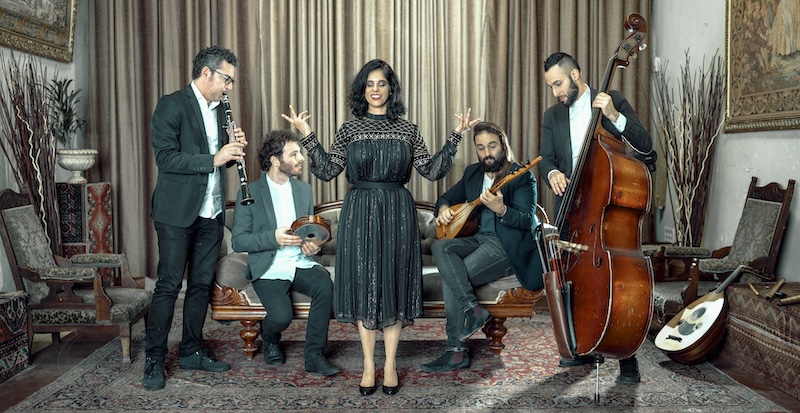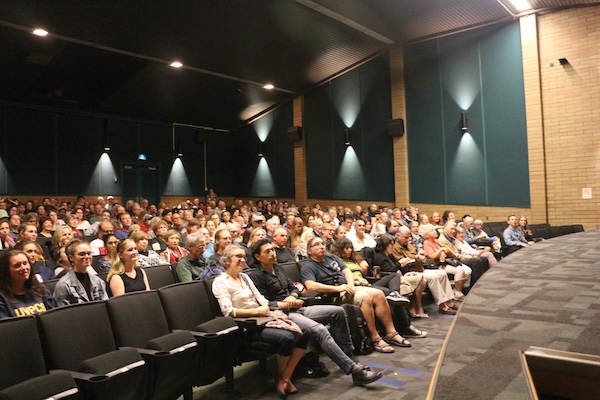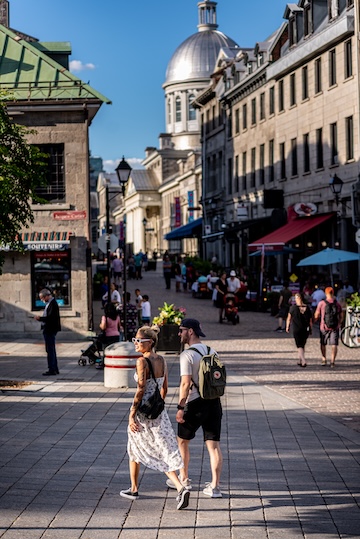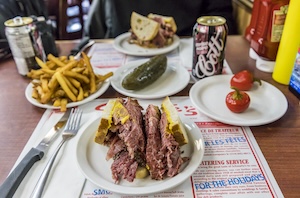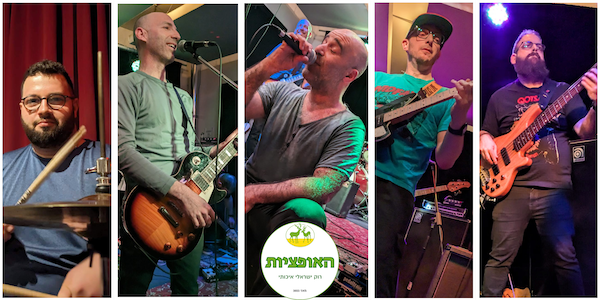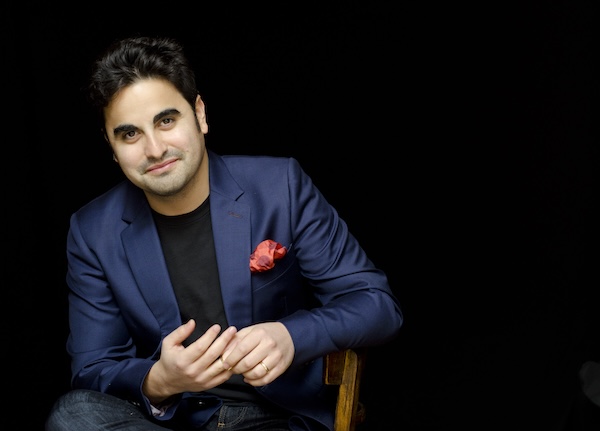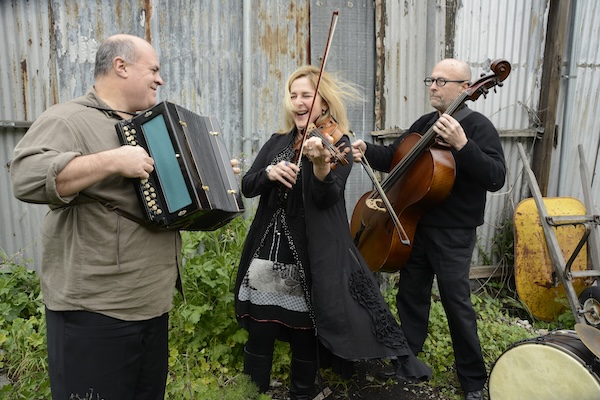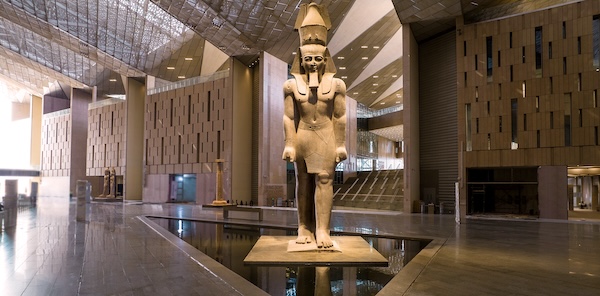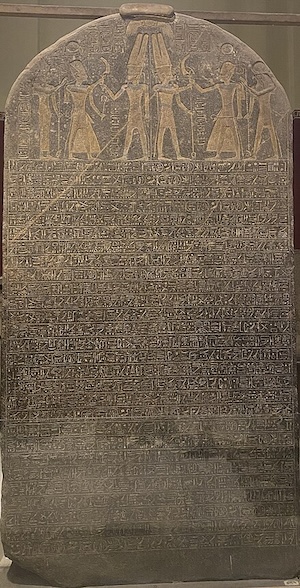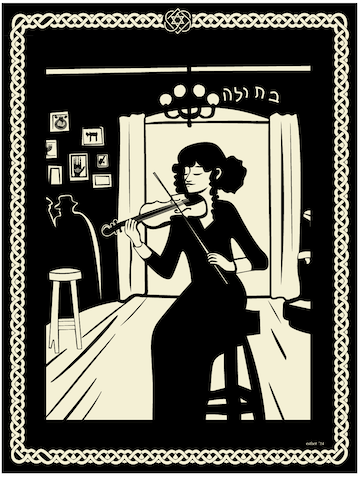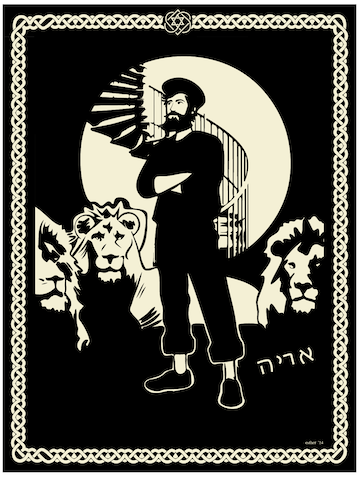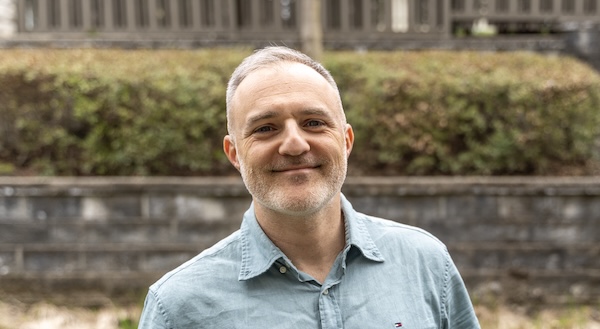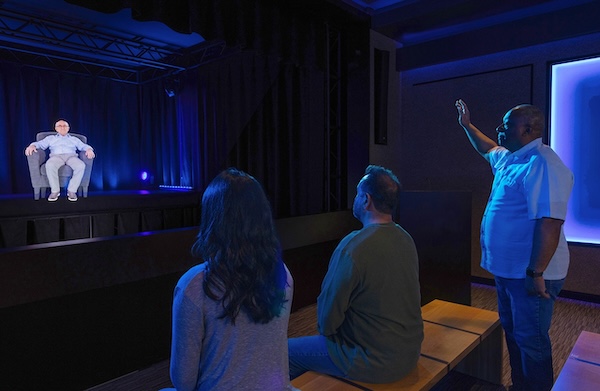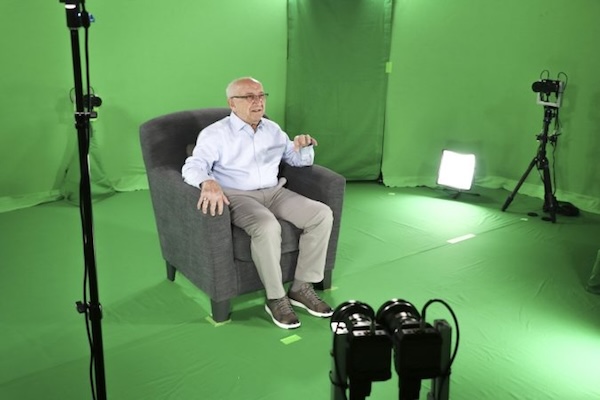In middle school, we studied the 1920s in English and social studies. It was a period ripe with new slang. I remember the long list of phrases we had to learn and interpret. The surprise was that I knew some of the expressions because my family still used them! Phrases like, “Aren’t you just the bee’s knees?” or “He thinks he’s the cat’s pajamas!” This weird phenomenon came to mind when I happened upon an ancient rabbinic discussion in the Babylonian Talmud, Sanhedrin 62a.
Rabbi Zakkai taught a Baraita (an early teaching that was left out of the Mishnah, codified around 200 CE) in Rabbi Yohanan’s presence. It said that, when one did, in a lapse of awareness, a whole series of inappropriate things deemed idol worship, one was only obligated to bring one sin-offering sacrifice to wipe the slate clean.
Rabbi Yohanan responded with “Go out and teach outside.” It was the ancient equivalent of “Get out of town!” or “Get out!” This is the laughing or indignant response somebody makes when you say something unbelievable or surprising.
One can read this text in many ways. It’s possible that Yohanan earnestly thought Zakkai was teaching nonsense and that he shouldn’t teach that inside the house of study, because every action deserved its own separate offering to repent for these mistakes.
However, as the page continues, the importance of context reveals itself. Imagine a time when idol worship was everywhere. A person could inadvertently look like they were worshipping an idol or a person when they were just bowing respectfully as a custom or doing what they had to do to get along. If surrounded by idol worship, a person may do things that everyone else does, automatically and without reflection.
We still do this. Think about the phrases “knock on wood” or “crossing one’s fingers and toes.” These aren’t Jewish concepts, but many say them anyhow, just as we might use phrases from other religions in conversation. They’re part of the culture around us.
I was thinking about these cultural shifts recently because we had our own big moment a few weeks ago. We were driving home after middle school. I remarked that I’d taken the dog on the river trail for an amazing walk at lunch time. (In Winnipeg, our rivers freeze, allowing several kilometres of walking, skiing and skating trails, along with art installations and events on the ice. It’s like a pop-up provincial park in winter.) One of my kids complained that he hadn’t gotten enough skating in yet. The weather that day was perfect but a cold snap was coming. I suggested that they head out right away onto the ice on their own.
My kids seemed astounded by the offer, but they took me up on it. We live a block from the river and there’s a convenient ramp down the riverbank. Before we could reconsider, they were off with skates, helmets, snowpants and the loan of my cellphone so they could reach me. I told them to be back in an hour. This bought me more time to make Shabbat dinner, too.
Just before 5:30 p.m., the phone rang. My responsible kids called from the ice, saying, “We got a little too far away, we’re getting tired, but we’re coming back now. We’ll be a little late.” When they got inside, both kids were wobbly, legs rubbery from exhaustion. I had to help them get off their parkas and snowpants, but they were full of triumph. They had taken off on their own and had an adventure. At dinner, they described bumping into a classmate who was out with his mom and younger siblings. While the classmate was a better skater than them, my 13-year-olds seemed puffed up with pride that they were allowed out by themselves.
Times change. As a Gen Xer, when I was 13, I babysat for two siblings on my own. I took the Washington, DC, metro by myself. I was a latchkey kid of longstanding. As the oldest child in my family and “mature,” I had a lot of leeway, as well as responsibility. Was it always good for me? I don’t think so, but it’s just the way things were.
My kids have had a longer stretch of childhood, with more supervision. While they have always had household chores and other responsibilities, these maiden voyages of independence now happen one after the next. Since the skating experience, they’ve been on their own for a Saturday night while we went out to a neighbour’s house. They take the dog walk on their own. This week, they’re headed off to a winter camp sleepaway experience with their school.
Generational shifts often lead us to believe that things are altogether different than they used to be. Yet, when I realized that I used 1920s slang as a kid, it reminded me that, while things change, some things stay the same. We no longer do sin offerings when we’ve made a mistake as part of Jewish practice. We don’t live in a culture surrounded by physical idols and their worship. However, we still make mistakes and seek absolution. Our kids still learn and grow through graduated steps towards independence, complete with worry and insecurity. One rabbi’s “Go and teach outside” becomes “Get out of town!” – after 2,000 years, the inference isn’t that different.
For each generation, something old becomes new again, or seems new, at least. For every parent, those amazing first moments of change in their kids are important. I burst with pride, telling others about the skating adventure. I revel in being able to go out socially (down the street), while my kids put themselves to bed. These ages and stages happen for everyone, but, each time, we’re still ecstatic with the individual circumstance.
My kids told me later that they had read until 8:40 or 9 o’clock when we were out, but, when we got back, their room was silent, lights were off, with the dog on guard. It was a moment of success. I nodded, feeling impressed. Inside, I was thinking, “Get out of town! Look what we accomplished here!” “Rabbi,” I wanted to say, “check these big bar mitzvah boys out! Look at this growth! That, too, is Torah.”
Joanne Seiff has written regularly for the Winnipeg Free Press and various Jewish publications. She is the author of three books, including From the Outside In: Jewish Post Columns 2015-2016, a collection of essays available for digital download or as a paperback from Amazon. Check her out on Instagram @yrnspinner or at joanneseiff.blogspot.com.




